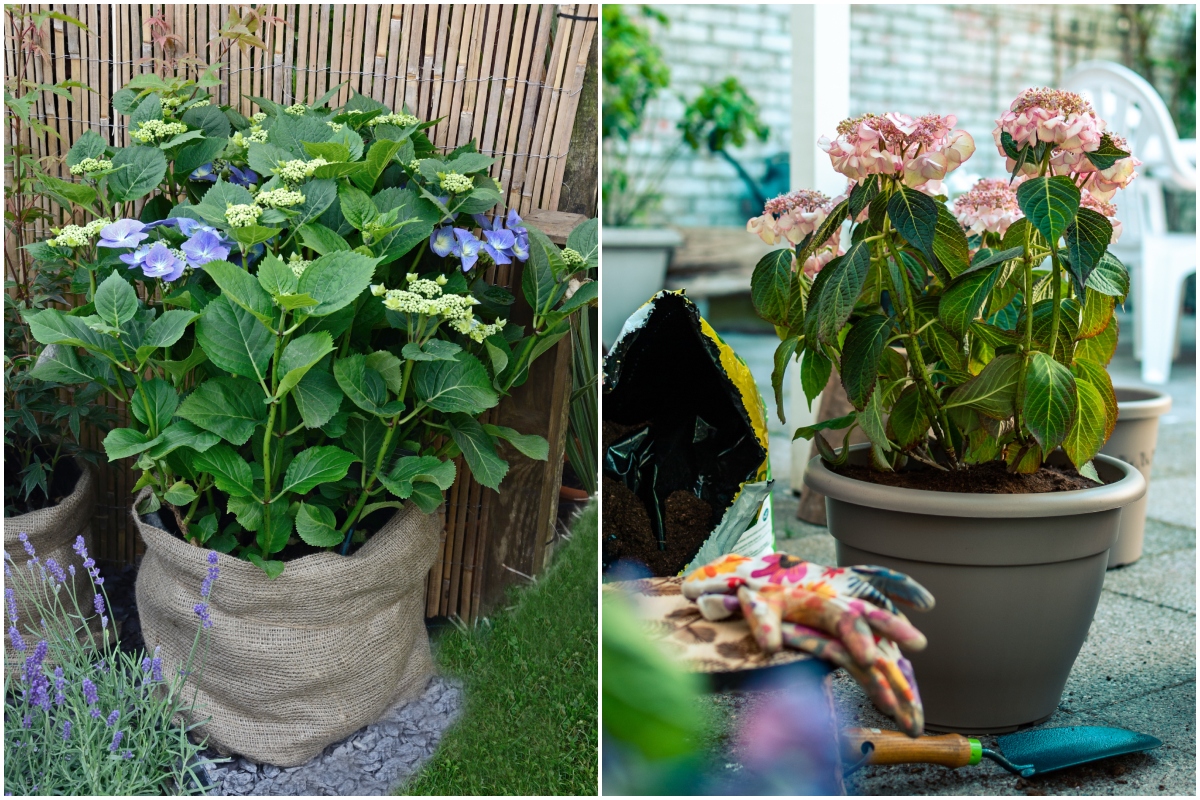Limelight Hydrangea: The Easiest Hydrangea To Grow
Limelight Hydrangea: The Easiest Hydrangea to Grow
If you're looking for a beautiful and easy-to-grow hydrangea, look no further than the Limelight Hydrangea. This variety is known for its large, white flowers that bloom in the summer. Limelight hydrangeas are also relatively low-maintenance, making them a great choice for beginner gardeners.
In this blog post, we will discuss everything you need to know about growing Limelight hydrangeas, including:
- Planting and care
- Pests and diseases
- Propagation
- And more!
Planting and Care
Limelight hydrangeas are hardy in USDA zones 4-8. They prefer full sun to partial shade, but can tolerate some morning sun. The soil should be well-drained and slightly acidic. When planting, amend the soil with compost or peat moss. Limelight hydrangeas do not need to be pruned heavily, but you can remove any dead or diseased branches in the spring.
Watering
Limelight hydrangeas need regular watering, especially during the first year after planting. Once established, they are more drought tolerant. Water deeply, but not too often.
Fertilizing
Limelight hydrangeas benefit from a light application of fertilizer in the spring. A balanced fertilizer, such as 10-10-10, is a good choice. You can also use a fertilizer specifically formulated for hydrangeas.
Pests and Diseases
Limelight hydrangeas are relatively pest- and disease-resistant. However, they can be susceptible to aphids, spider mites, and scale. If you notice any pests, you can treat them with an insecticidal soap or neem oil.
Propagation
Limelight hydrangeas can be propagated by cuttings. Take cuttings in the spring or early summer from healthy, new growth. The cuttings should be about 4-6 inches long and have at least two sets of leaves. Dip the cuttings in rooting hormone and plant them in a well-draining potting mix. Keep the cuttings moist and in a warm, shady location. They should root in about 4-6 weeks.
Enjoying Your Limelight Hydrangea
With proper care, your Limelight hydrangea will provide you with years of beautiful blooms. The flowers can be enjoyed fresh or dried. You can also cut them and use them in arrangements. Limelight hydrangeas are a great addition to any garden.
If you're looking for a beautiful and easy-to-care-for hydrangea, the limelight hydrangea is a great option. These plants are known for their large, showy blooms that can range in color from white to pink to blue. They're also relatively drought-tolerant, making them a good choice for gardens in hot, dry climates.
If you're interested in planting limelight hydrangeas, is a great resource. The website has a wealth of information on the plant, including planting instructions, care tips, and troubleshooting advice. You can also find photos of limelight hydrangeas in bloom, so you can see what they look like in different settings.
FAQ of planting limelight hydrangea
- What is limelight hydrangea?
Limelight hydrangea is a popular shrub that is known for its large, showy blooms. It is a relatively easy plant to care for, but there are a few things you should know before planting it.
- What are the best conditions for planting limelight hydrangea?
Limelight hydrangea prefers full sun to partial shade and well-drained soil. It is tolerant of a wide range of pH levels, but it will bloom best in slightly acidic soil.
- How do I plant limelight hydrangea?
To plant limelight hydrangea, dig a hole that is twice as wide and as deep as the root ball. Amend the soil with compost or other organic matter. Place the hydrangea in the hole and backfill with soil, tamping it down gently. Water the hydrangea thoroughly.
- How do I care for limelight hydrangea?
Limelight hydrangea is a relatively low-maintenance plant. Water it regularly, especially during hot, dry weather. Fertilize it once a year in the spring with a balanced fertilizer. Deadhead spent blooms to encourage new growth and flowering.
- What are some common problems with limelight hydrangea?
The most common problems with limelight hydrangea are pests and diseases. Aphids, scale insects, and powdery mildew can all affect this plant. If you notice any problems, treat them promptly with an insecticidal soap or fungicide.
Image of planting limelight hydrangea
- A person digging a hole in the ground for a limelight hydrangea plant.
- A person placing a limelight hydrangea plant in the hole and backfilling it with soil.

- A person watering a newly planted limelight hydrangea plant.
- A limelight hydrangea plant that has been planted and is starting to grow.
- A mature limelight hydrangea plant in full bloom.

Post a Comment for "Limelight Hydrangea: The Easiest Hydrangea To Grow"